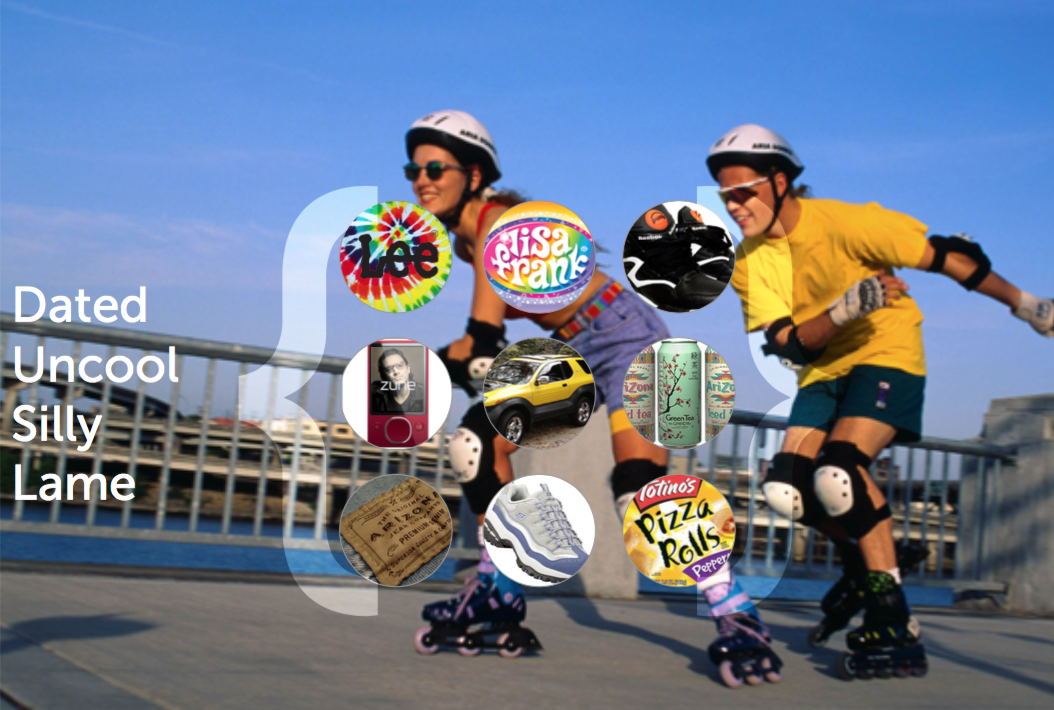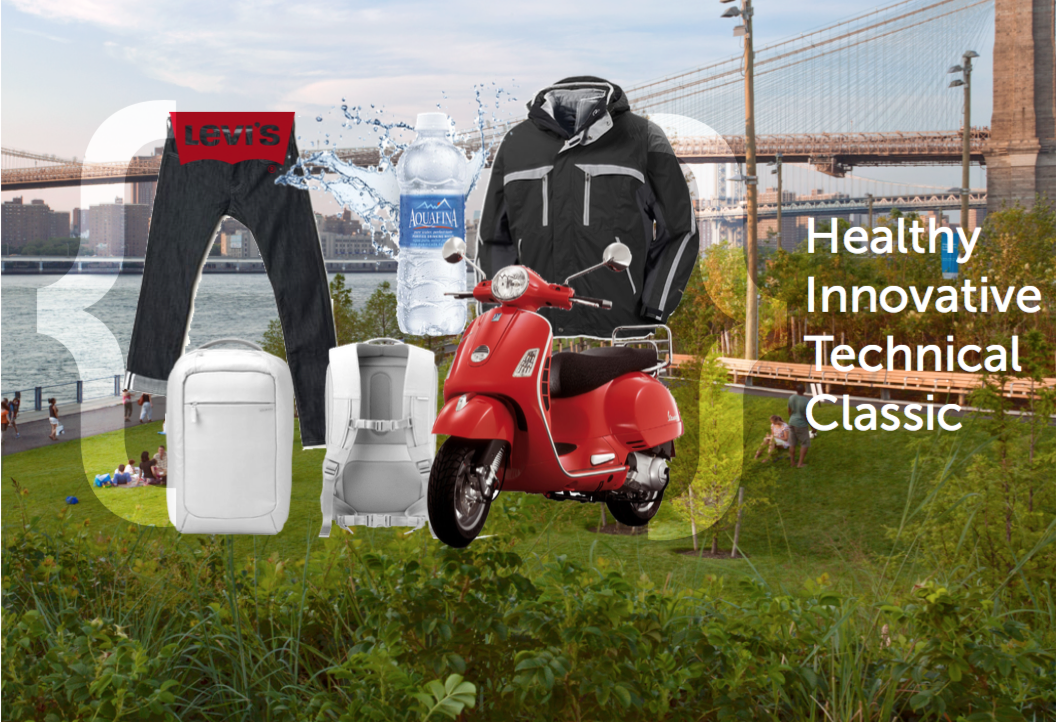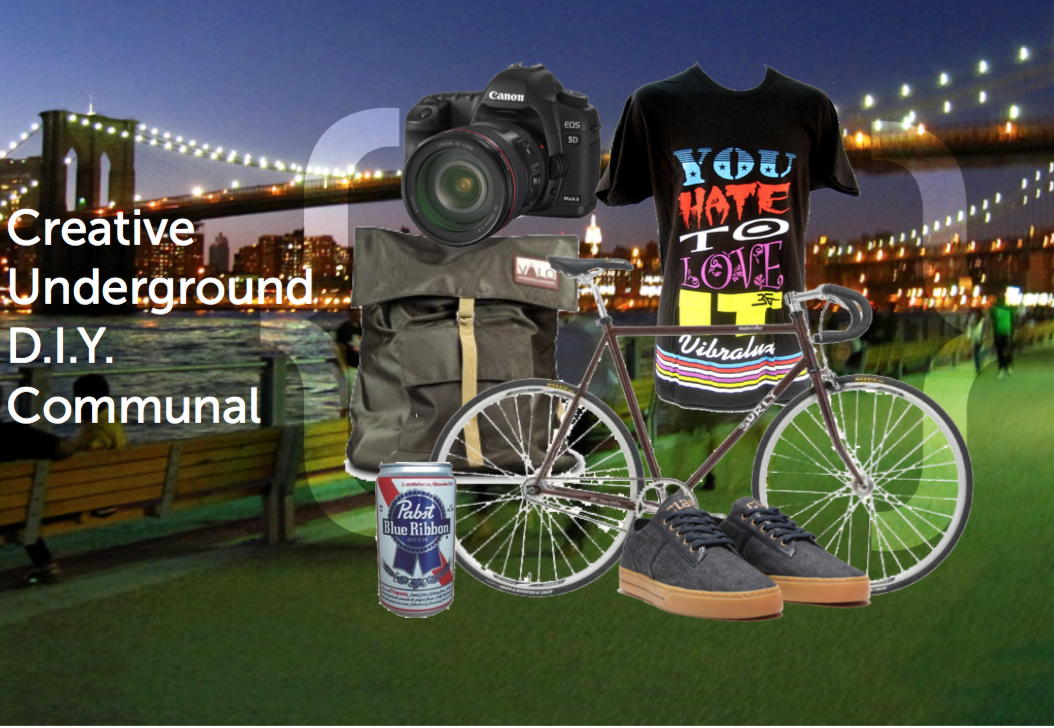Strategic Design Language project: Rollerblade

The following project came from a class on strategic design language. Strategic design is the use of design methods, such as personas, touchpoint diagrams, and mood boards, as well as competitor analysis from marketing to physical form to steer strategic efforts within a company.
For the project, I selected was Rollerblade, the producer of the first inline skates in the US market. I selected Rollerblade because the company was and is synonymous with the sport of inline skating, which is often just called “rollerblading.” In the early 2000s, the sport declined in popularity and inline skating became a comedic punchline (for example 1 and 2). As such, Rollerblade took a serious hit not just because of the reduced number of participants, but also because of its name being so synonymous with the sport. However, inline skating in its various forms has not totally disappeared from the world, despite a decline in popularity. I wanted to look at how Rollerblade might rethink its products and offerings in order attract new participants, while maintaining its roots as an innovator and champion of the sport. As the goal of strategic design is to reframe how we understand the offerings of a company—that is, reinterpret the meaning of products—Rollerblade presented an interesting challenge.



The final result was a proposal for a photo and video social media campaign that focused on the documentation of the contemporary sport. The goal of the campaign was to shift the Rollerblade brand from a sporting goods company to a lifestyle brand, particularly a brand the promoted ideas of community and self-expression. To do so, two major obstacles needed to be overcome. First, Rollerblade needed find a way to reshape the prevailing image of the sport of inline skating. Second, Rollerblade needed to attract new people to the sport.
The campaign approached these obstacles in turn. First, the campaign focused on the image of inline skating, and actively challenged notions that the sport was boring or dated. By encouraging those who skate to document their own involvement, the campaign enabled individuals to define the sport in their own images and actions. Second, the campaign featured a partnership with a company outside the sporting goods market (a manufacturer of smartphone camera lenses called Photojojo) that would attract some outside interest. As a pilot project, the campaign could serve a way to identify these newer participants and then target a subsequent campaign down the line.
The process booklet shows the final report.
The following is video made to explain the project.
EYE ROLL PROMO (prototype; Strategic Design Language final) from Thomas James Lodato on Vimeo.